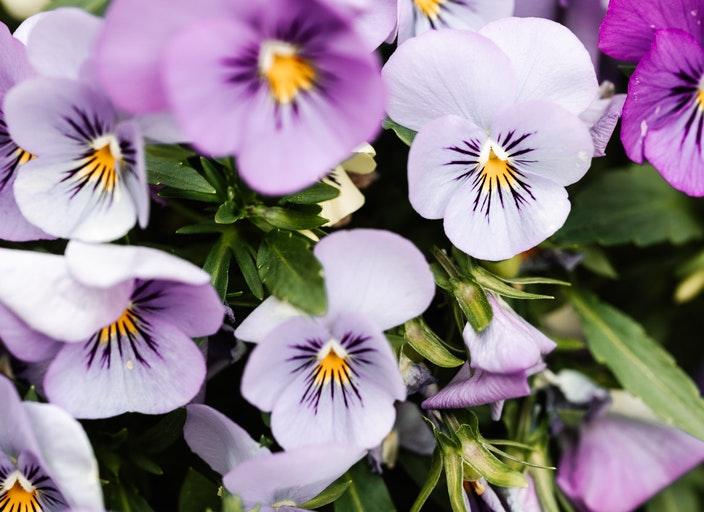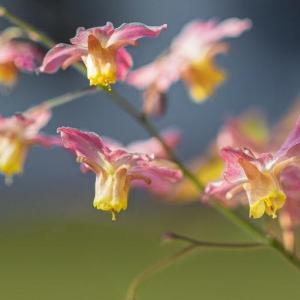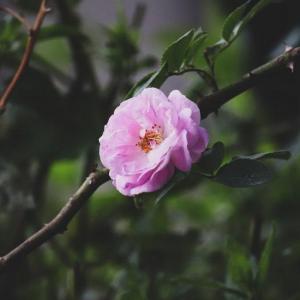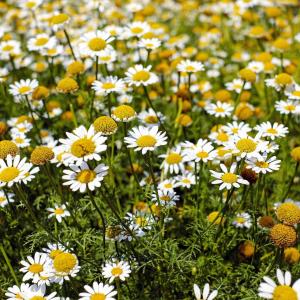
The cheeryViola genus has more than 500 distinct species, including annuals, perennials, and even some subshrubs. It has been noted that each bloom has a unique face. They are all referred to as violas together, although their unique garden varieties are more often known as pansies (Viola x wittrockiana), Johnny-jump-ups (Viola tricolor), or violets (Viola sorolia and others). Violas are a diverse group that includes both pure species types and many hybrids and cultivars in every color of the spectrum.
Most of the fast-growing kinds used as garden plants are annuals or short-lived perennials with few flowers. Many will reproduce themselves and provide you years of joy. Violas are edible flowers that make interesting salad toppings and garnishes. Additionally, they may be candied to create a frosted look or used as decorations for cakes and other sweets.
Mostly cool-season bloomers, violas: They are ideal for bridging the seasons in warmer regions where they may stay in bloom all winter long, as well as for beginning and closing the season in colder climes. Depending on your climate, you should decide when to grow violas. They are often planted in the spring in cold areas, although they may also be planted in the autumn in regions without harsh winters.
Care Viola
In nurseries in colder regions and at the end of the summer in warm climates, violas are often the first seedlings for sale. Find plants that are robust and have a lot of buds. The distance between mounding violas should be between 6 and 8 inches. Planting spaces between kinds that trail or spread should be 10 to 12 inches. Approximately 12 to 14 weeks after sowing the seeds, violas start to bloom.
Variety names "Penny" and "Sorbet" will bloom nine to ten weeks after seeding; V. tricolor (Johnny-jump-up) variations bloom around two weeks sooner than V. cornuta (horned violet). These plants will bloom continuously, but if you deadhead the wasted blooms, the blossoms will be more numerous. During the warmest parts of the summer, violas will likely fall dormant or start to die back.
Outside, the mounded plants provide a charming border for a garden or to mark a route. Both in wooded environments and in the cracks of rocky cliffs, violas thrive. Combine them with other plants that thrive in cooler climates, such as Dianthus, snapdragons, and calendula. Or, to fill the gap when the spring-flowering bulbs, like tulips and daffodils, fade, nestle violas between them.
Violas are ideal for containers because to their size, compact habit, and lengthy blooming cycle. Trailing variety look beautiful in window boxes, hanging baskets, and over the edge of other containers.
Full sun is pleasant to Light Violas, but not the heat it produces. When planting in the summer, make sure they have access to some shade during the warmest portion of the day. This isn't an issue in the mild spring weather.
The ideal medium for growing soil pansies and other violas is humusy, wet soil like a peat-based potting mix or garden soil that has been significantly treated with organic material. Violas like a somewhat acidic soil; adding peat moss to garden soil will help make it little more acidic.
Water
Water often, but let the soil dry up in between applications. While they can withstand some drought, frequent watering will help them blossom at their best.
Thermodynamics and Humidity
Violas grow in moderate temperatures between 40 and 70 degrees Fahrenheit and like the chilly springtime air. Water and mulch will lessen the impact of hot heat.
Violas may bloom all summer long with the right care, and the majority will bloom again in the autumn. Alternatively, especially in hot, southern climes, they may be dug out in the summer, replaced with another flower, and then replanted in the autumn when the temperature becomes cooler.
Fertilizer
Fill the soil with a slow-release fertilizer. To encourage an autumn bloom, fertilize in the spring and once more in the late summer.
Various Violations
Viola x wittrockiana, often known as the common garden pansy, is a hybrid with bigger, shorter-lived blooms that is typically planted as an annual in cooler climes. Flowers on the 8-inch-tall plants range in size from 2 to 3 inches, and they may be plain or patterned. There are several varieties of this viola, making it the most popular kind. In pots and baskets, it thrives.
Viola tricolor, sometimes known as Johnny-jump-up, is a tiny plant that is related to pansies genetically. As the spilled seeds grow into volunteer seedlings, some hybrid pansies will go back to becoming Johnny-jump-ups. It is often used as a filler or as a border plant in gardens.
Viola sororia, often known as the wild blue violet, is a plant that is typically considered to be an invasive weed in turf lawns and cultivated gardens unless it is specifically promoted in native woodland gardens. It is a native of forested regions and frequently makes its way there.
Viola cornuta, sometimes referred to as the tufted or horned violet, has a smaller blossom than the pansy. These are perennials that spread widely, bearing 1 1/2-inch, two-toned blooms atop a rosette of leaves that reaches a height of 6 to 10 inches.
Pruning
By pinching off fading blossoms at the base of the flower stem, you may encourage blossoming and lengthen the flowering season. Cut lanky or overgrown plants down to a height of 3 to 4 inches to help them recover.
Viola Seed Growing Instructions
It's simple to grow violas from seeds. Although they are more than eager to self-seed all over your garden, chilly conditions may cause the volunteers to blossom much later in the season. The technique is quite simple if you want to start your own inside. 8 to 12 weeks before transplanting, start the seed. Although mature violas may endure brief periods of chilly weather, fresh transplants may suffer harm. Gardeners in warm climates who transplant in the autumn should start their seeds in the middle of the summer.
Sterilized potting mix should be poured into tiny pots or flats to approximately 1/4 inch below the top edge. In each cell or container, scatter two to three seeds, then gently cover with the additional moistened potting mix. Remember to thoroughly cover the viola seeds since they require darkness to grow.
Keep wet and place in a warm area (65 to 70 degrees Fahrenheit). A nice place is on top of the refrigerator. It should take 10 to 14 days for seeds to start germinating. Move the seeds to a window with sunlight or a grow light after they have sprouted.
You must thin the pot or cell to the strongest-looking seeds when the first true leaves develop by pinching or clipping the others at the soil line. A temperature of 55 to 60 degrees Fahrenheit is appropriate at this time. Additionally, you may start giving your seedlings any dependable, well-balanced, water-soluble fertilizer.
When the weather and temperature are suitable for transplanting outside, start "hardening off" the seedlings by exposing them to the outdoors for longer and longer periods of time over the course of 10 to 14 days. Increase them exposure to the sun gradually, starting with one to two hours. During this stage of "hardening off," make sure the soil doesn't dry up.
You may permanently put the seedlings into the garden or into their outdoor pots after they have become used to spending whole days outside.
Growing from seeds placed directly in the garden is another option, although this method performs best in areas with a lengthy growing season. Planting areas should be carefully prepared by adding organic matter, then the soil should be loosened and seeds should be scattered. Place a thin layer of dirt on top, then thoroughly water the area. Make sure the seedbed is wet. As the seedlings grow, space them out to a distance of 6 to 8 inches, moving the extra seedlings to other places.
Typical Pests & Plant Illnesses
Keep your plants away from chilly, moist environments to prevent the growth of gray mold. Make sure your violas get enough sunlight and have proper airflow. If you see aphids, spray a vigorous stream of water on the plants to remove them, or, for more serious issues, treat them with insecticidal soap.
Methods for Making Violets Bloom
With the exception of the warmest weeks, violas bloom readily and during the most of the spring and summer. To keep yours flowering, prune your plants in late summer to make way for fall blossoms, deadhead flowers as they fade, and feed sparingly once a month throughout the growth season.
Common Violation Issues
Even though violas are often among the simplest plants to cultivate in your yard, you may sometimes encounter minor issues that you may easily resolve.
Blotches of brown on the leaves
Numerous fungi-related diseases, including leaf spot and anthracnose, may kill violas. The damaged leaves may be cut off with a clean garden shear, and the viola can be treated with a fungicide to fix everything.
drooping flowers or leaves
Numerous factors, including an abundance or shortage of water, as well as congestion, may cause this. Once you identify the cause, this issue is simple to fix. If there is a watering issue, insert your finger into the soil to see if it is too dry or too damp and make the necessary adjustments. Replant your violas with greater space between the plants if it seems that they require it for breathing space.
文章
还没有人评论,快来抢沙发!









